From the film’s IMDB.com page citation:
“A young boy learns that space aliens are taking over the minds of earthlings.”
But … does he though?
The answer is that this synopsis depends entirely on one’s perspective, and that, too, is based on which version of Invaders From Mars. Sorry, folks, but I’m not afraid to spoil the fact that Invaders – in the U.S. domestic release – is little more than a dream – the figment of a boy’s nighttime imagination – while the European cut adds scenes that tweak the ending to show that what takes place between the credits (as they say) was real and anything but a dream. While I have read some commentary (on the web) suggesting that the U.S. story may or may not have been a dream (the ending does try to have it both ways, depending upon one’s interpretation), I suspect anyone who really mulls over the flick reaches the conclusion that, yes, it was nothing more than the product of a slumbering mind.
Now, calm down, haters.
I’m in no way, shape, or form trying to diminish the impact that Invaders has had on filmdom or some of its most learned practitioners. I’ve nothing but respect for those who’ve both been influenced by it and then gone out and tried to do the same with their respective projects; what I’m trying to say above simply characterizes that the story as presented is open to interpretation. Though I’m admittedly not much a fan of tales that pull such last reel trickery, I can still see the scenes of greatness and obvious inspiration that director William Cameron Menzies squeezed into this slim epic. I just don’t see it as being the ‘slim epic’ others do, and I can tell you why.
Chiefly, Invaders is about as uneven a theatrical yarn as one can be. At an incredibly lean 73 minutes, it still contains a wealth of bloat – stock footage inserted by producers who needed it to justifiably be longer in order to be a legitimate theatrical feature – that vastly gets in the way of Menzies’ superior efforts. It wouldn’t be hard to argue that, ultimately, there’s a perfect 30-minute episode of The Twilight Zone snuggled in there; but I still can’t dismiss the never-ending and unnecessary procession of trucks and tanks and soldiers that kills the story’s central momentum every single time its used … and it’s used plenty.
Yes, yes, and yes: it’s easy to see why so many accomplished filmmakers were drawn to the work. Even a casual viewer watching with only one eye would have to be a complete dunderhead to miss the stylistic framing employed through several sequences. The alterations between warmth and cool between certain locations might send an obvious message to those who like those kinds of elements. Like a great painter, Menzies clearly went to great lengths to plan out each shot: though the man hasn’t been credited with inventing film storyboarding, it isn’t hard to see – even in this production – that he damn near perfected it. None of that excuses what inevitably happened to Invaders in post-production, however, and the story suffers as a consequence.
The picture is one of the first that used what many dismiss nowadays as a Science Fiction trope: instead of doing the dirty work of destroying our world themselves, these Martians will takeover the brains of ordinary men and women, putting them to good, destructive use. Naturally, what young child wouldn’t be alarmed when all of a sudden his mother and father weren’t behaving like themselves, and the resulting paranoia fuels so very much of what David endures. It’s only after he’s fully incarcerated (yes, sitting in real jail cell) that he finds Dr. Pat Blake (Helena Carter) and Dr. Stuart Kelston (Arthur Franz) will not only hear him out but also verify what he’s saying might be true. Hopefully – with their help, too – young David can also have his juvenile record expunged.
From there, the U.S. military is called in, all rather easily if you ask me. Once Col. Fielding (Morris Ankrum) witnesses firsthand how victims are being pulled under the ground by the aliens, an electronic stem is implanted at the base of their brains, and they’re let loose to do the bidding of the curious overlord (she appears only as a head kept in a crystal glass globe), all bets are off. He marshals the full might of U.S. ground forces (let the aforementioned processions begin!) and orders his own invasion to counter the invasion originally begun by those dastardly Martians. Those of you who’ve rarely seen so much stock footage are in for a real treat.
Lastly, I’d be remiss if my duties if I failed to mention that Invaders scored a 1954 Hugo Awards nomination in the category of ‘Best Dramatic Presentation.’ Interestingly enough, the trophy actually went home with a similarly-themed but obviously bigger budget affair – George Pal’s seminal The War Of The Worlds. Lo and behold, Invaders was also up against Jack Arnold’s It Came From Outer Space in the competition. Think what you will, but I think that these three flicks showed mankind that somethin’ was most definitely headed toward Earth in our future, and like-minded fare still plays to pretty respectable box office returns decades later.
Invaders From Mars (1953) was produced by Edward L. Alperson Productions. DVD distribution (for this particular release) is being coordinated by the good people at Ignite Films. As for the technical specifications? Wow. This brand new 4K restoration – restored from the original camera negative and master positives – looks and sounds incredible. Yes, there’s a fair amount of grain here and there, but I suspect this is owed chiefly to flaws in the source material. As for the special features? The 4K release boasts several interviews with some notable participants reflecting upon the film’s enduring legacy along with a brief short examining the restoration process. Furthermore, there’s a gallery, theatrical trailers, and product packaging that includes a 20-page collector’s booklet with pictures and an essay on the restoration.
Recommended.
No, I’m not as enamored with Invaders From Mars (1953) as are so many. The feature suffers from far too much extraneous material for my tastes, and I’d even argue with those who insist some of it needed to be there. (Frankly, it didn’t.) The performances are interesting, at best, and the effects work – what little there is – is only passable compared to some of what was taking place in other pictures of the day. I do respect how the film both introduced and handled so many of Science Fiction’s cinematic tropes – many of which are likely the source of laughter these days – but I can appreciate how being the first to try some of this might not mean you were the best at it.
In the interests of fairness, I’m pleased to disclose that the fine folks at Ignite Films provided me with a complimentary 4K Ultra HD Blu-ray of Invaders From Mars (1953) for the expressed purpose of completing this review. Their contribution to me in no way, shape, or form influenced my opinion of it.
-- EZ


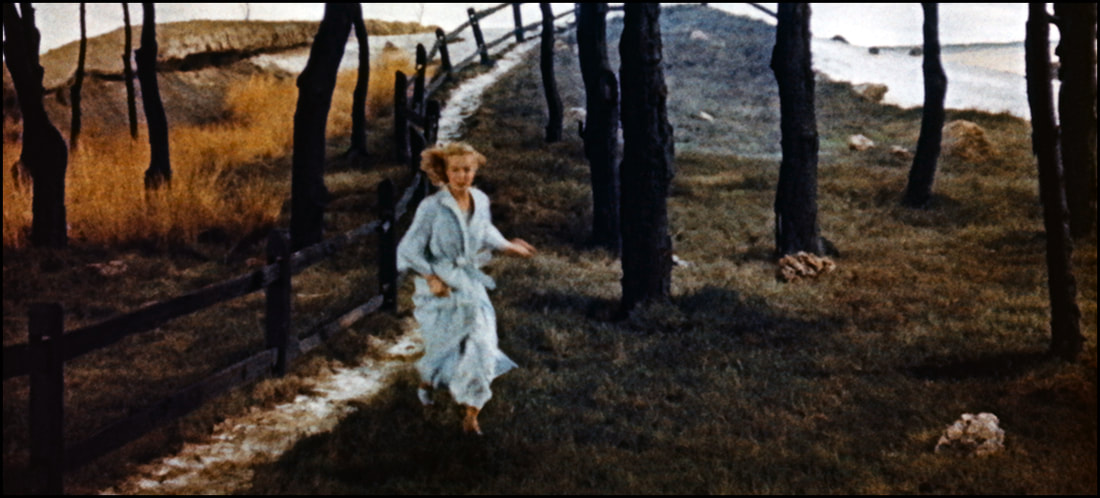
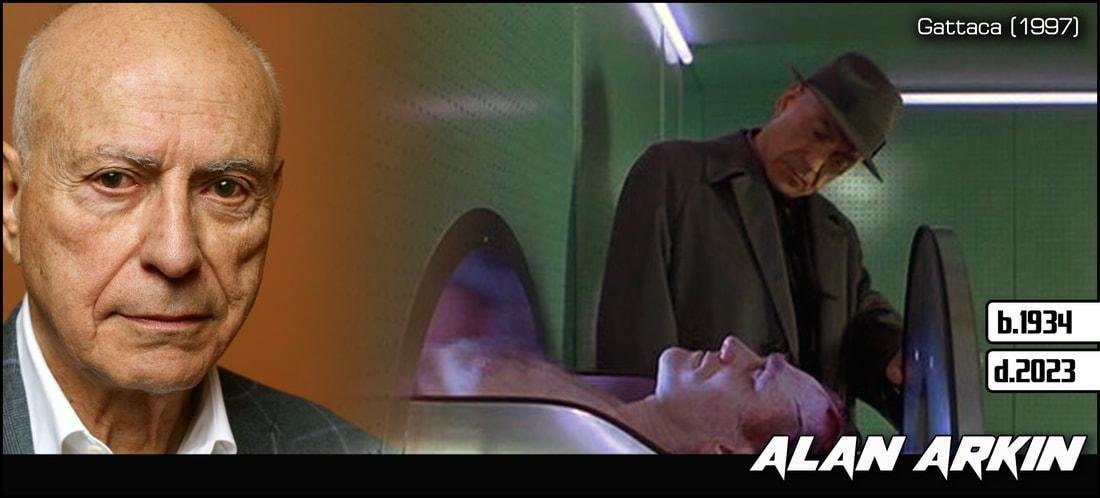

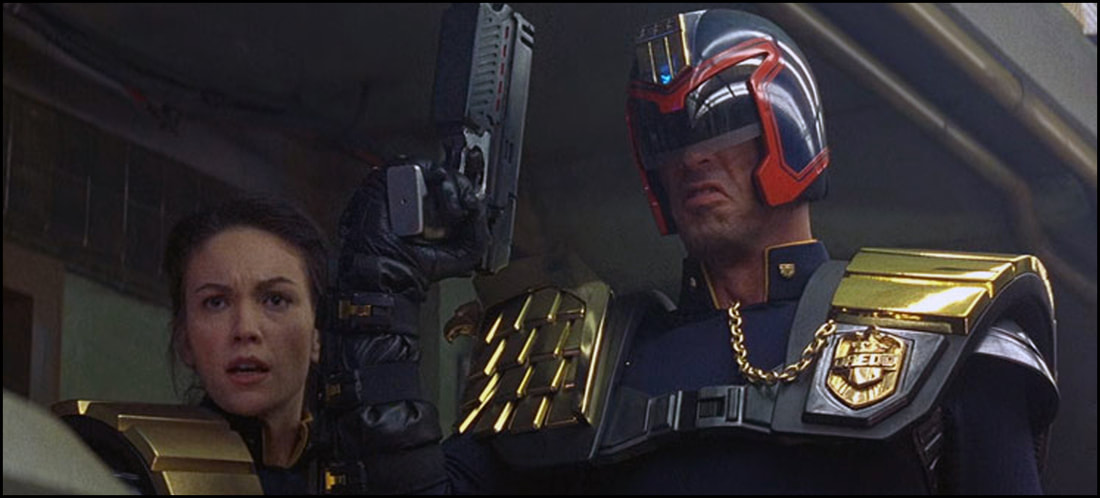
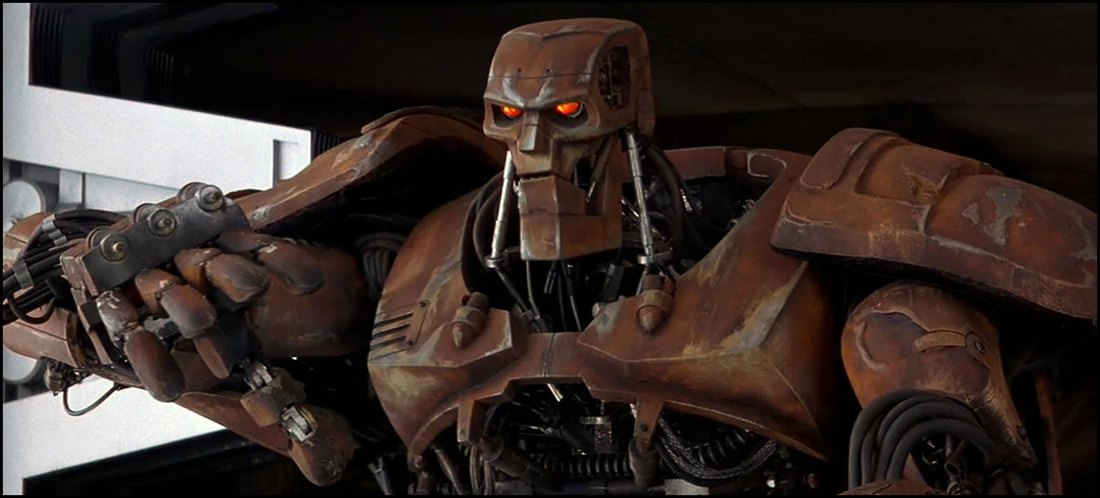
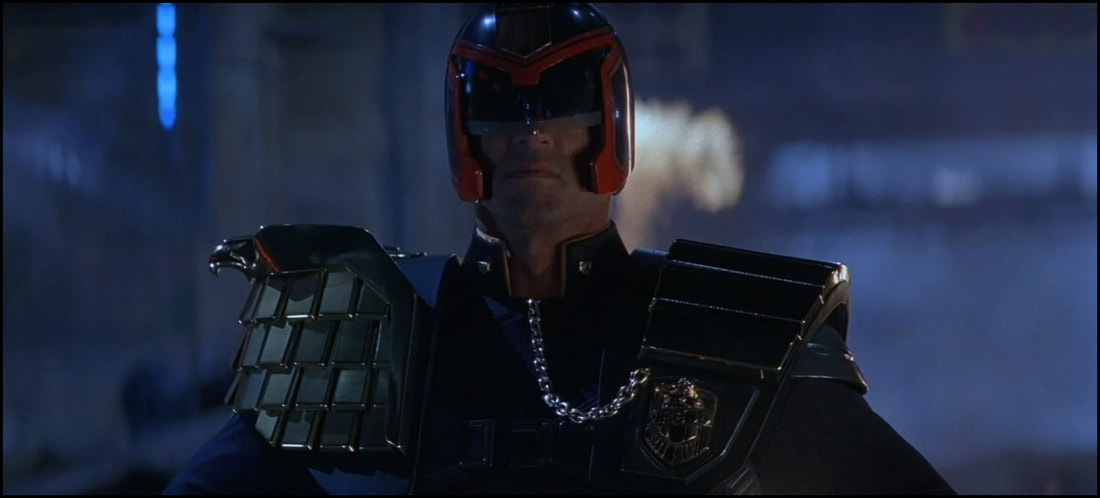


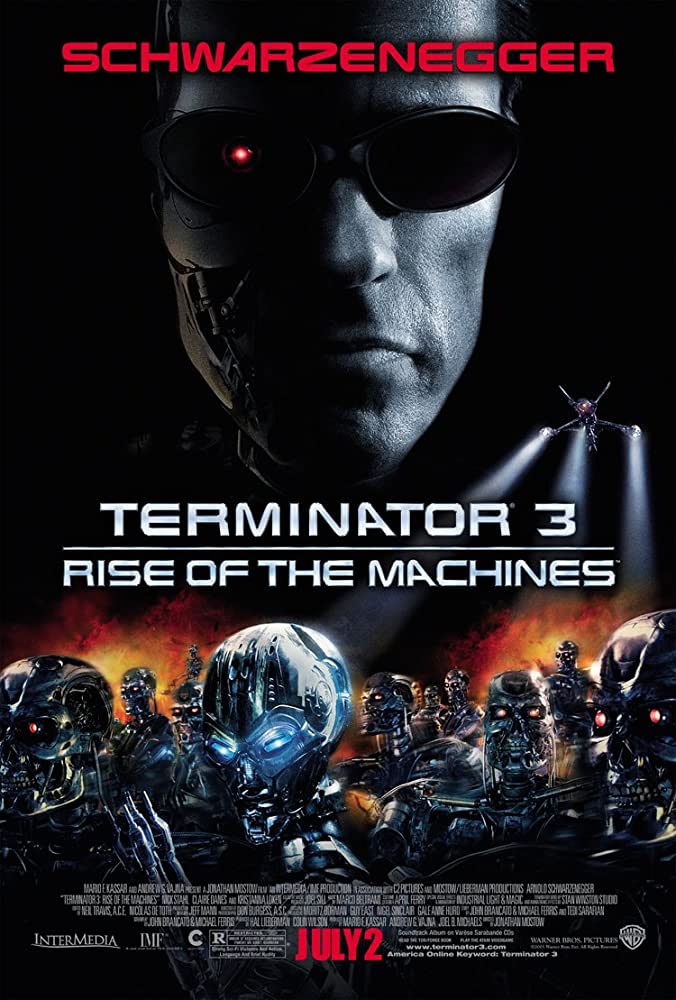
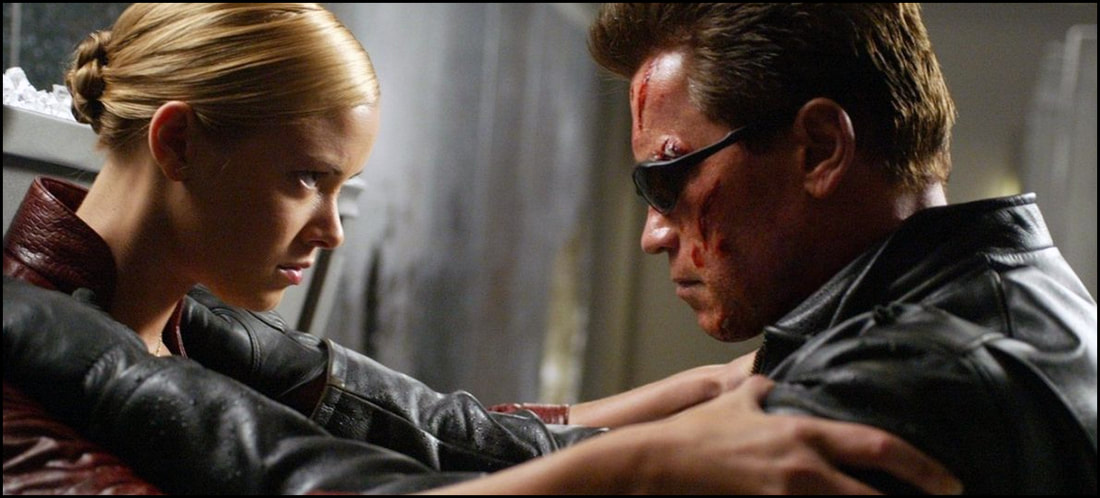
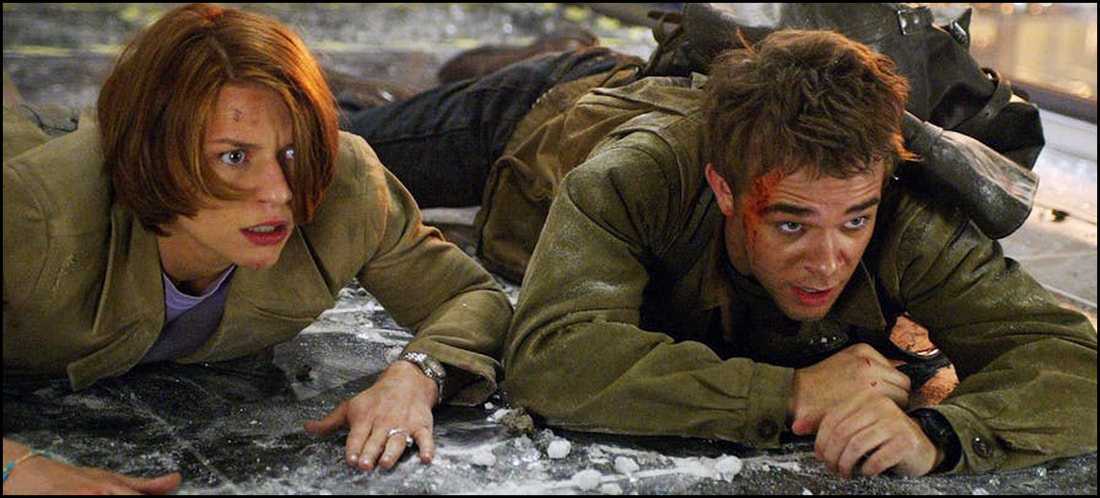

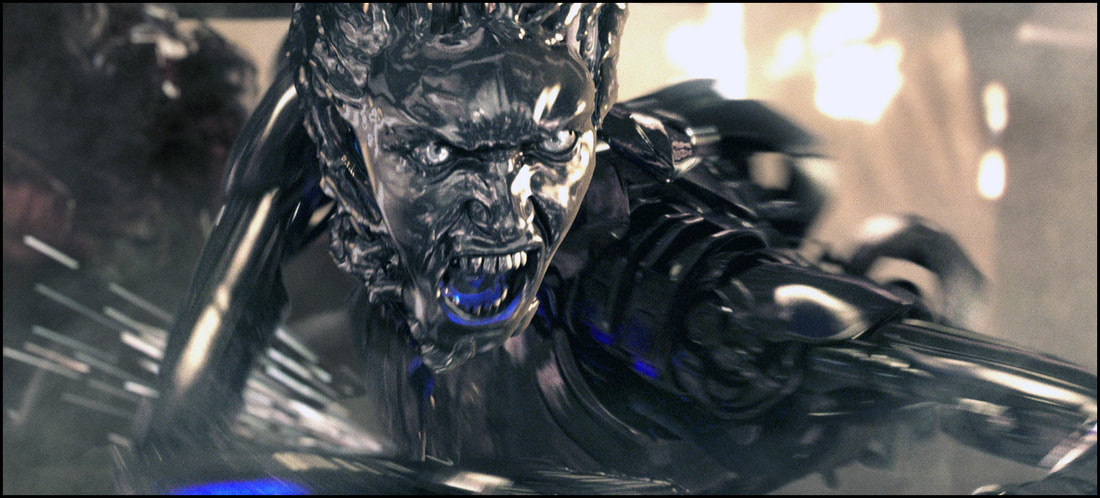
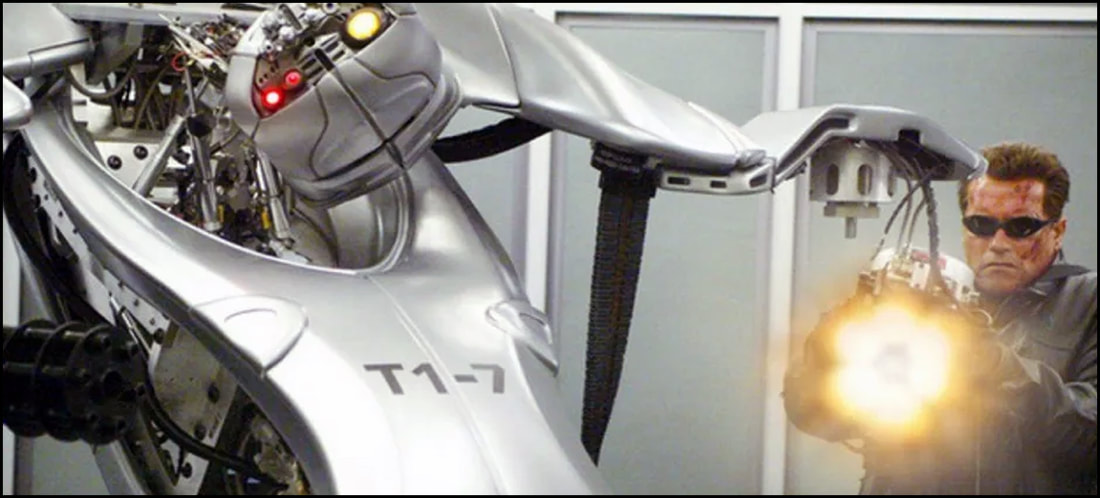
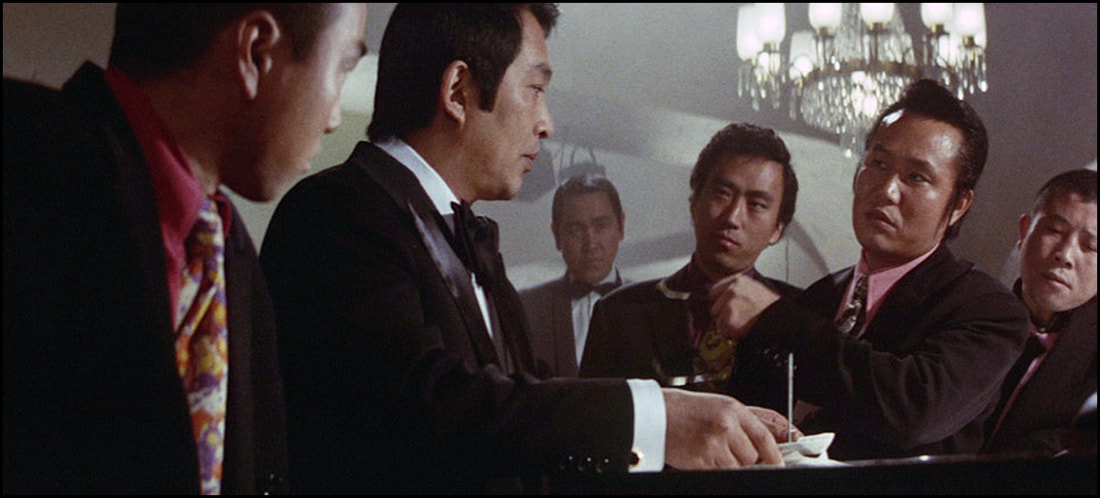
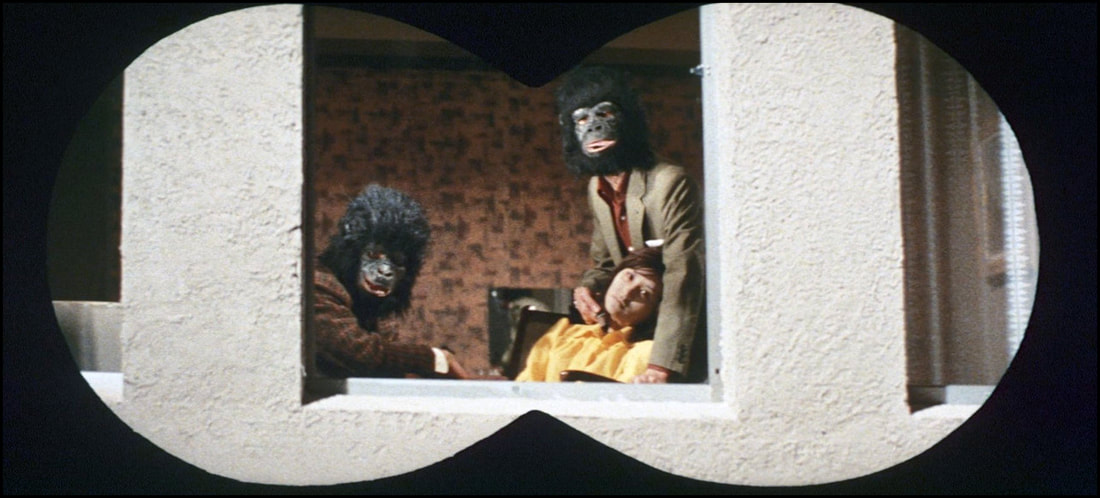
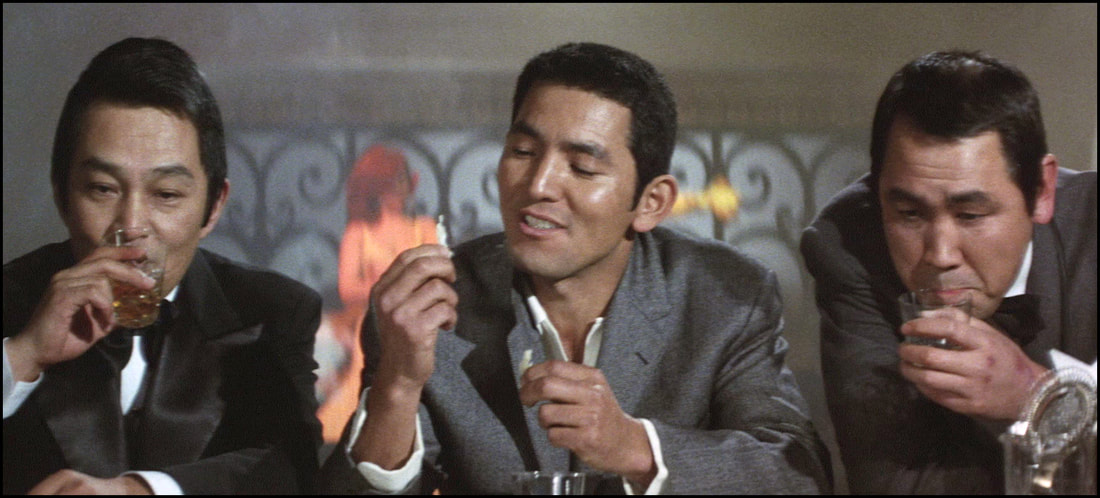
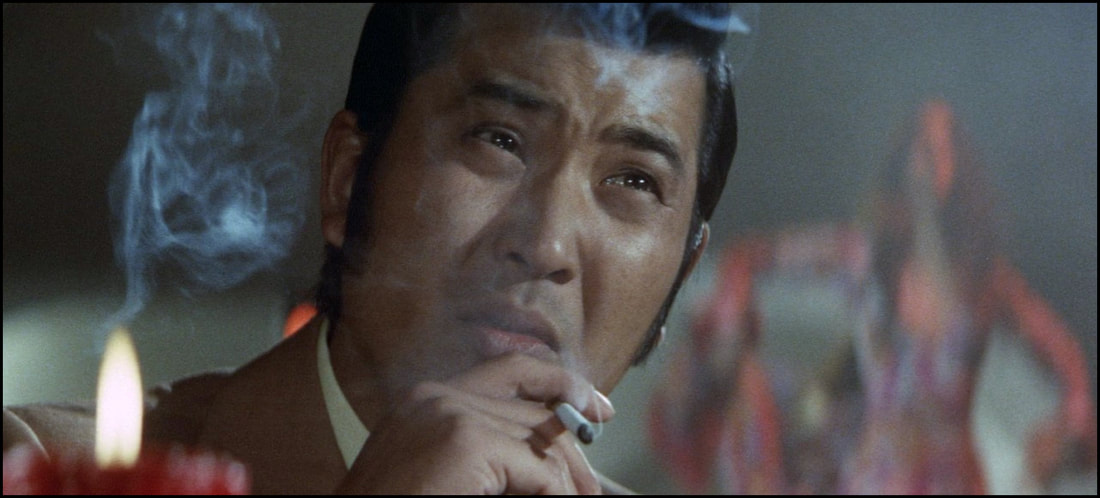
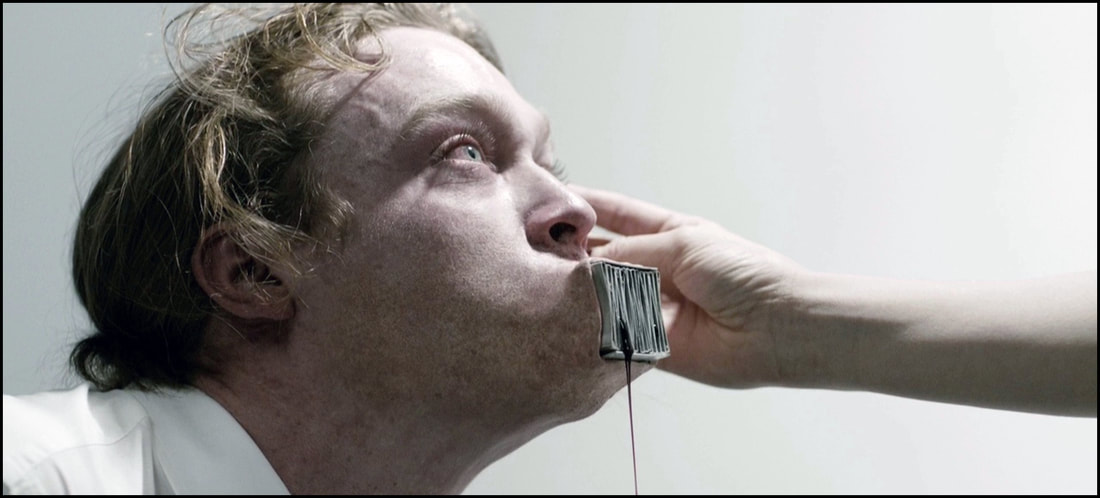
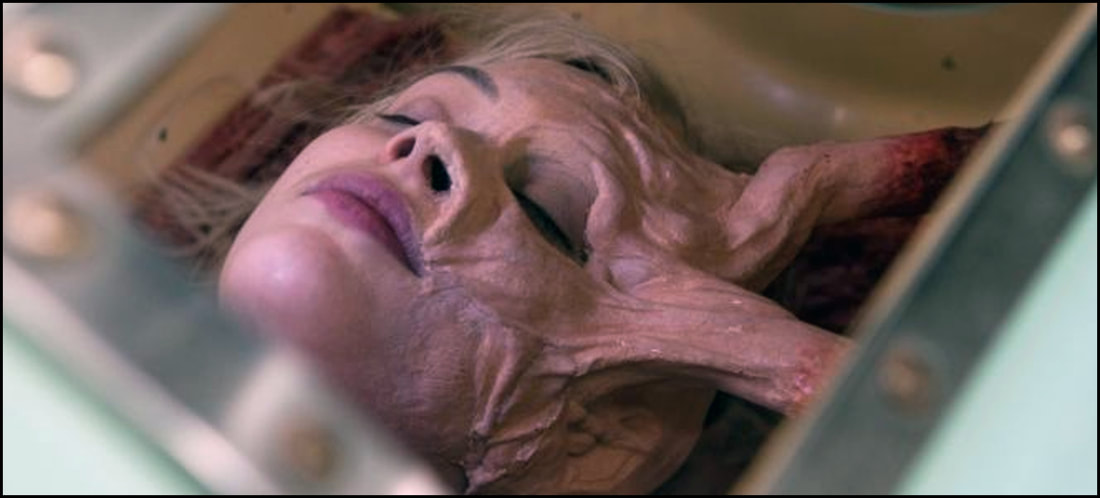
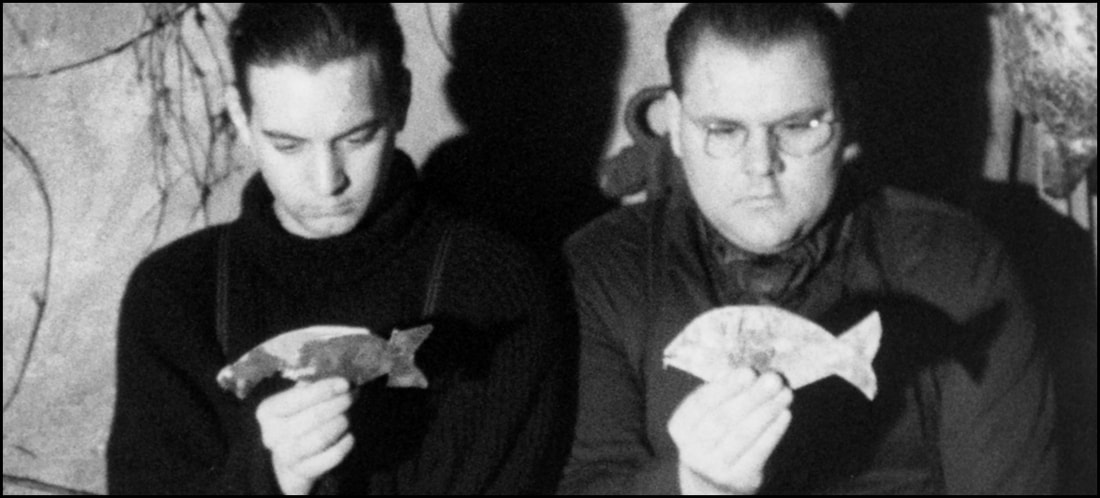
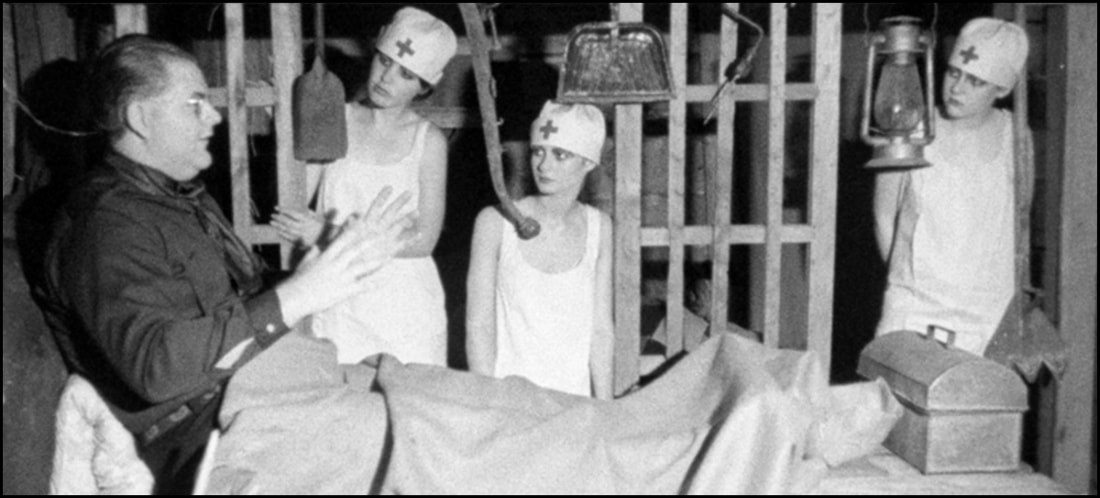
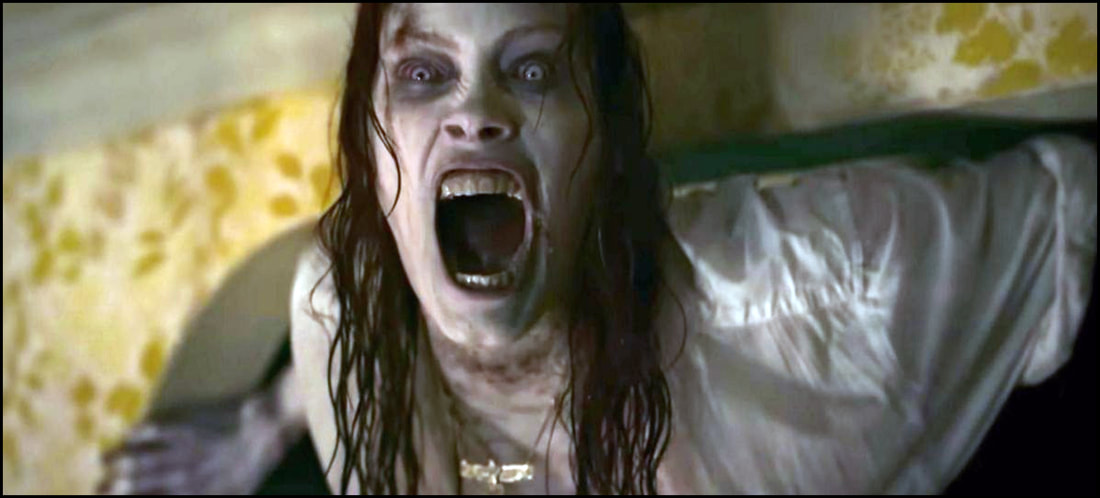
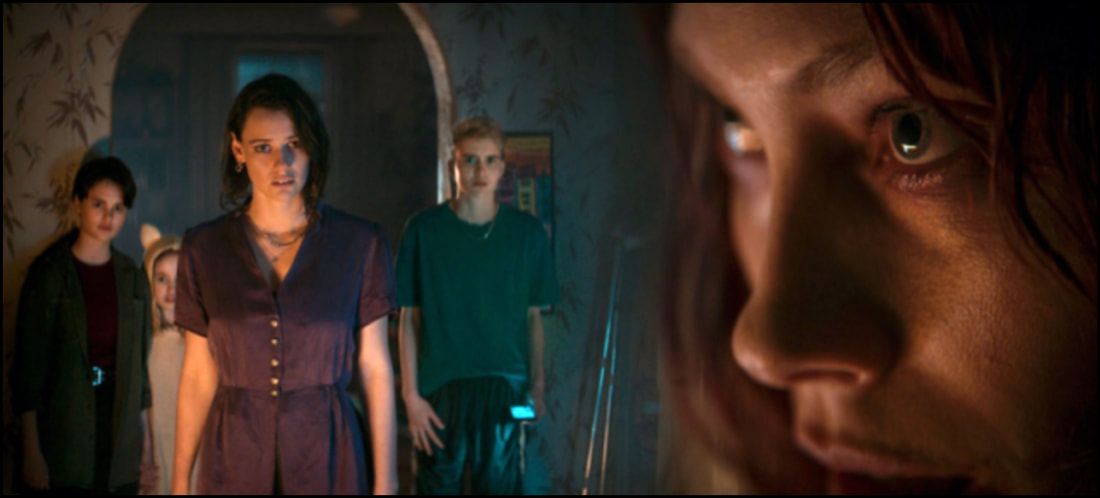

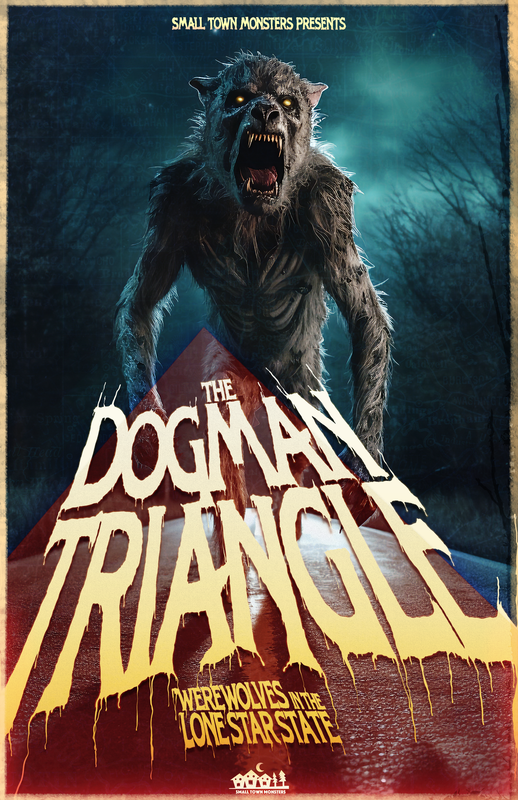

 RSS Feed
RSS Feed